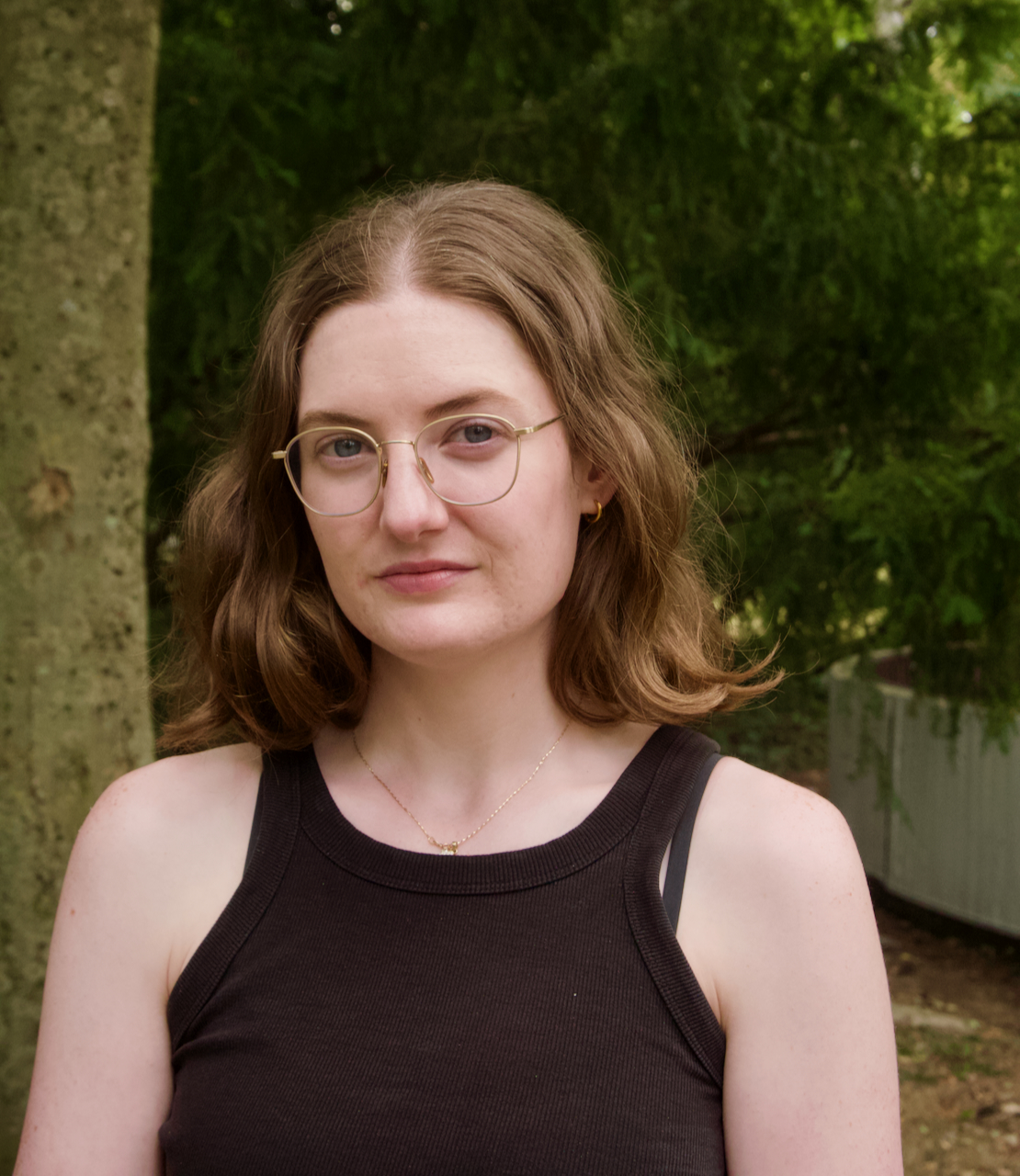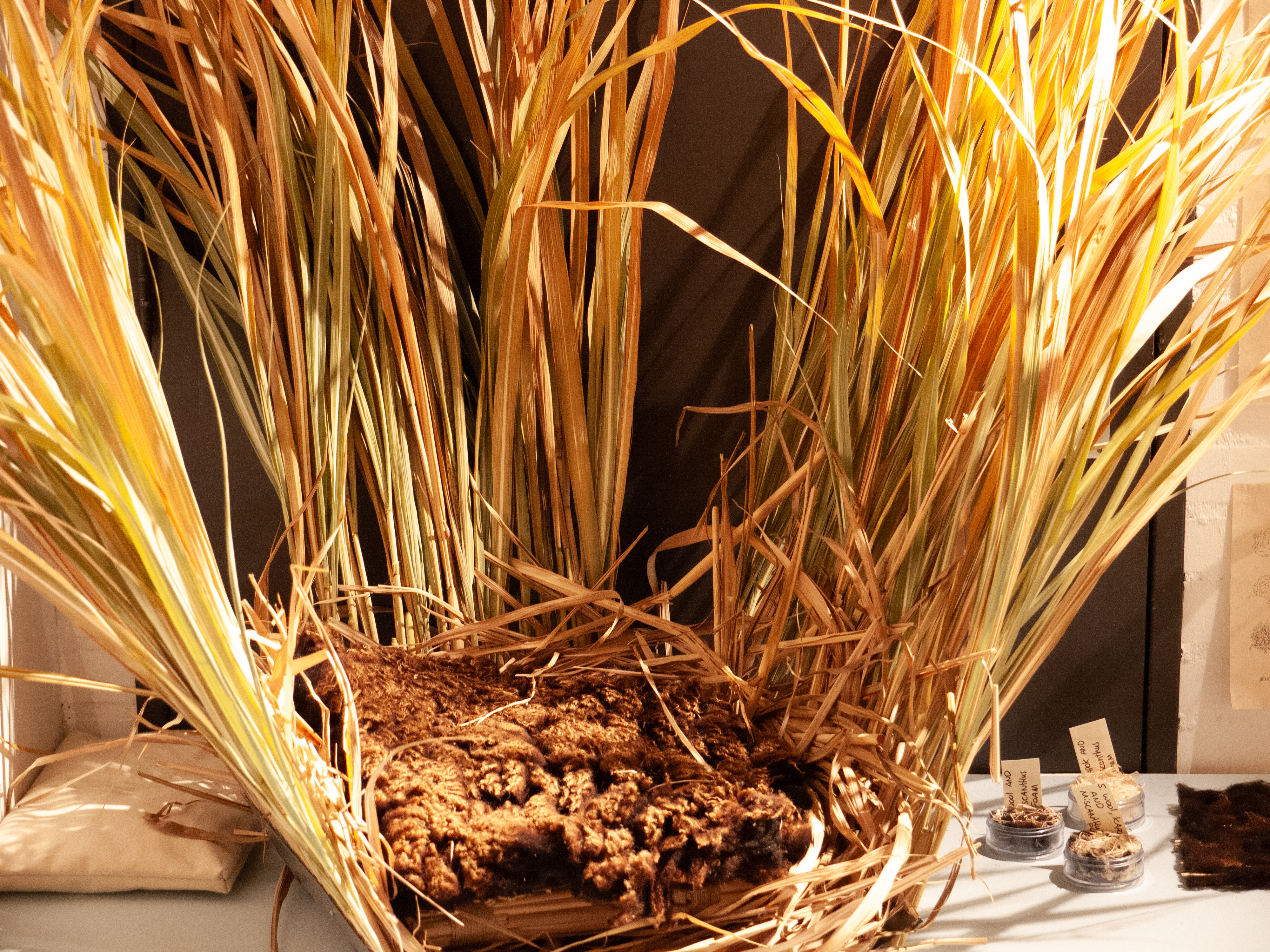Arvand Pourabbasi is a tutor at the Willem de Kooning Academy, bringing a wealth of experience in architecture, spatial design, and critical thinking to his teaching. With a background that spans continents, disciplines, and practices, he has been part of the WdKA community since April 2019. In this interview, Arvand shares their journey, teaching philosophy, and how his professional practice informs his role as an educator.
What is your personal and professional background, and what experiences led to your current position at Willem de Kooning Academy?
My journey began in Iran, where I started my architectural practice. Later, I pursued a Master's degree in Interior Architecture (INSIDE) at the Royal Academy of Art in The Hague. Education has always been a part of my professional life. Before my master's, I worked with NGOs in Iran, teaching art to underprivileged children, which sparked my interest in education.
After my master's, a colleague and I designed a pilot program for alumni, creating a graduation support program at INSIDE. That experience eventually connected me to the WdKA, where I now teach in the Autonomous Minor Programme and Spatial Design. My path has always been a blend of education, design, and research. Whether through teaching or collaborative workshops.
What is your subject of knowledge?
My work is broad, covering architecture, publishing, video, installation, architectural design and writing. I don’t see these as separate practices, they’re interconnected. This diversity allows me to approach teaching and design from multiple perspectives.
How did you start working at WdKA?
I joined the academy through its practice program, "Performative Action," which resonated with my involvement in collectives and initiatives like Neverland Cinema and WORKNOT!, where I collaborate with my partner and others.
At WdKA, I teach in two departments: the Autonomous Minor Programme "Public & Private" and Spatial Design. My teaching role spans 2nd-year theory courses and design studios. I was drawn to the academy because of its project-based approach, which aligns well with my interest in exploring education as a shared space for learning and research.
How does your work with WORKNOT! support your role at WdKA? How do you balance these activities?
WORKNOT! is a platform focusing on architecture, spatial design, and critical spatial thinking. We explore themes like housing, domesticity, and precariousness, many of which intersect with my teaching. It’s a challenge to balance, but it’s rewarding.
Through WORKNOT!, I delve into critical thinking, research, and essay writing, which informs my teaching. While my design practice isn’t directly implemented in WdKA’s project-based model, I bring theoretical aspects into the classroom. Education is a two-way street: I learn from students while helping them navigate today’s complex design landscape.
What defines you as a tutor?
I wouldn’t call myself a traditional tutor. I don’t view teaching as a one-way process where a master figure imparts knowledge. Instead, I create environments for students to explore, guiding them with keywords and frameworks rather than lengthy lectures.
I focus on inquiry-based learning, combining open and guided approaches. I provide content, but students bring their own findings, creating an exchange of ideas. Even in lectures, I make space for conversation and reflection. This mutual discovery process is key to today’s education.
What does design mean to you?
For me, design is about raising questions rather than solving problems. It’s a balance between improvisation and compromise, staying flexible while proposing thoughtful ideas.
In today’s fast-paced world, permanence is often overvalued. Instead, I see flexibility as crucial in both design and education. It’s about being open to change, improvising solutions, and sometimes making sacrifices. That said, compromises should always be meaningful and justified.
Design and education share this ethos—they’re collaborative processes where we rethink norms, values, and possibilities. My passion for space and architecture stems from this desire to reimagine and raise awareness, not just to find answers.
What keeps you motivated in education?
The dynamic nature of teaching is inspiring. Today’s students challenge the binary thinking of the past, pushing us to define and redefine concepts like truth, universality, and norms. This constant evolution keeps me engaged and ensures that education remains a two-way street.


